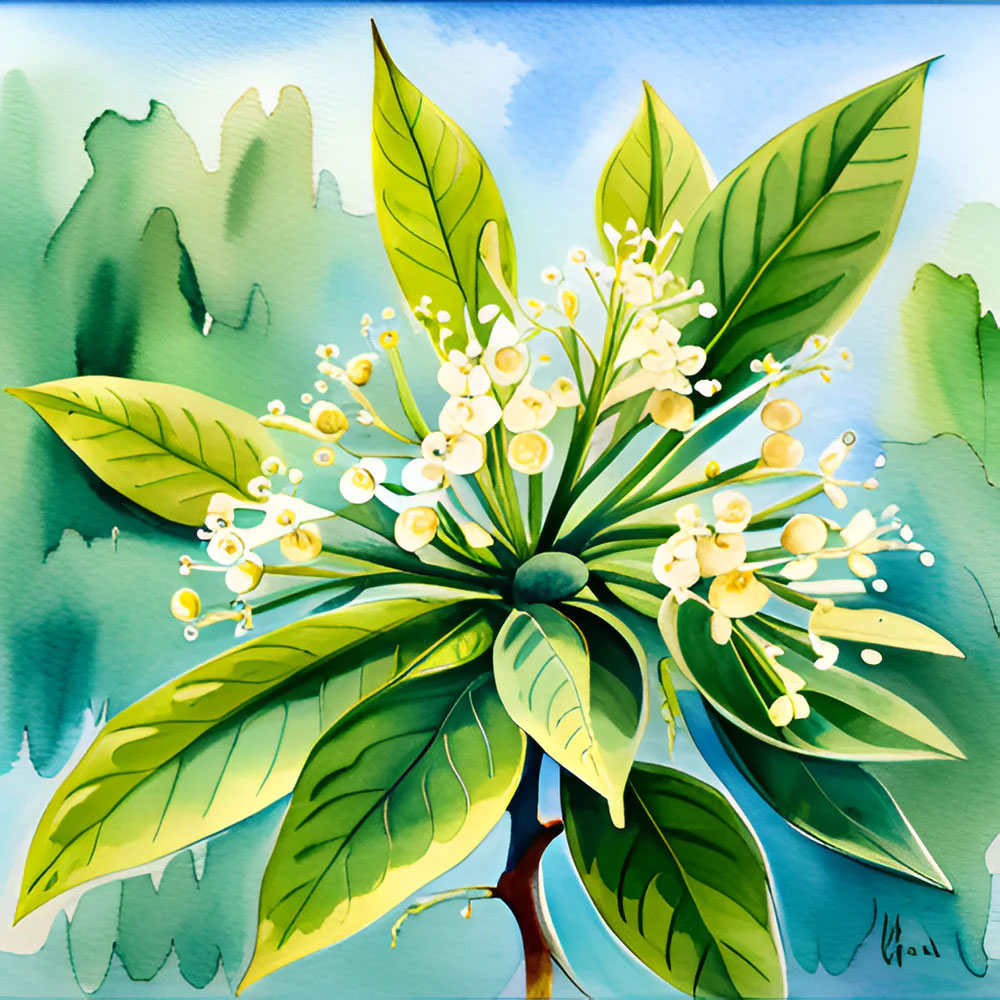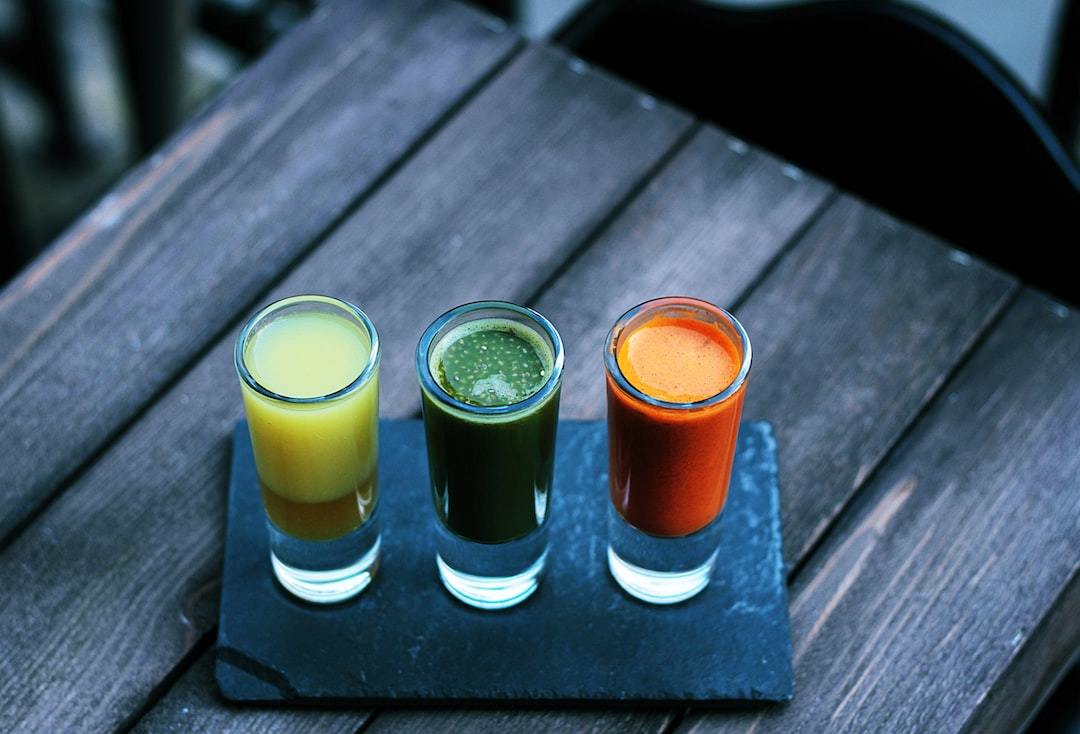
Backhousia citriodora: Unveiling its Multifaceted Uses
Backhousia citriodora, a gem from the Australian bush, is more than just an aromatic plant. With multifaceted uses spanning food, cosmetics and health industries, this Aussie native has been treasured by Indigenous communities for centuries due to its remarkable properties.
Dive into the world of Backhousia citriodora, as we explore how this humble leafy plant continues to leave its mark in various sectors today.
Table of Contents:
- About Backhousia citriodora
- Unravelling the Etymology of Backhousia citriodora
- Essential oil chemotypes
- Unveiling the Multifaceted Uses of Backhousia citriodora
- Antimicrobial Properties of Backhousia citriodora
- Lemon Myrtle Tea: A Quintessential Australian Brew
- The potential of Backhousia citriodora
- Incorporating Indigenous wisdom into modern applications
- Exploring the multifaceted uses of Lemon Myrtle
- FAQs in Relation to Backhousia Citriodora
- Conclusion
About Backhousia citriodora

More commonly known as Lemon Myrtle, the Australian native plant, Backhousia citriodora is an embodiment of natural beauty and practicality. This rainforest tree is more than just a beautiful ornamental with glossy green aromatic leaves that exude a potent lemon scent. It's an edible plant that's as healthy as it is tasty.
The indigenous communities have revered Lemon Myrtle for its health benefits - something modern science affirms today. The antimicrobial properties found within Backhousia citriodora are highly sought after in various industries such as food preservation, personal care products manufacturing, and cleaning solutions development.
Incorporating Indigenous wisdom into modern applications
When it comes to the use of Backhousia citriodora, or Lemon Myrtle as it's widely known, we find its roots in the rich traditions of Australia's Indigenous peoples. They've long valued this native plant for various uses.
The indigenous communities have traditionally employed this aromatic plant species for culinary and medicinal purposes due to its robust lemon flavour and health benefits. Crushed leaves were used as a topical treatment for wounds, while brewed teas served as remedies for respiratory ailments.
Tracing the Roots of Lemon Myrtle
The story of Lemon Myrtle, or Backhousia citriodora, begins deep within the heartland of Australia. Indigenous Australians have revered this rainforest tree for its healing properties and unmistakable lemony scent since time immemorial.
In the late 1800s, western botanists began to appreciate this native Australian tree and its many uses. They began documenting this native gem in their home plant database, backhousia citriodora, immortalising it through intricate botanical art. These illustrations often showcased the glossy green aromatic leaves that made it a standout tall variety among bush foods.
Unravelling the Etymology of Backhousia citriodora
Digging into the roots of words can often reveal fascinating stories. This holds true for our native Australian plant, Backhousia citriodora, more commonly known as Lemon Myrtle or Lemon-Scented Myrtle.
The species name 'citriodora' comes from Latin origins with 'citrus', referring to citrus fruits, and 'odor', meaning smell - perfectly capturing its distinctive lemon-scented aroma that's characteristic of this rainforest tree's green aromatic leaves.
A Name Reflecting Cultural Significance

In addition to its scientific nomenclature, it carries local names such as sweet verbena tree or sweet verbena myrtle due to similarities in scent profile with Verbena plants. These colloquial terms reflect how deeply ingrained these bush foods are within various Indigenous communities across Australia.
- Lemon Myrtle: The most common reference used by Aussies nationwide; reflecting its tangy lemon-like flavour and fragrance.
- Sweet Verbena Tree/Sweet Verbana Myrtle: A nod towards its similar scent profile with certain types of Verbenas.
Essential oil chemotypes
The essence of Backhousia citriodora, also known as Lemon Myrtle, lies in its essential oils. These are teeming with various chemotypes that offer a range of benefits and applications.
Citral is the star compound found within lemon myrtle's essential oil arsenal. This chemical entity not only imparts the distinctive citrusy aroma but also boasts an array of health advantages, including antimicrobial properties. Its unique characteristics make it a top choice for inclusion in cleaning products, personal care commodities, and fragrances.
In addition to citral, other noteworthy constituents include neral and geranial - two closely related isomers with similar aromatic traits to citral yet differing slightly in their molecular structure. Their existence adds another layer to the complexity of lemon myrtle's scent profile, making it highly coveted by manufacturers across industries such as perfumery.
Unveiling the Multifaceted Uses of Backhousia citriodora
The versatility and wide-ranging applications of Backhousia citriodora, are remarkable. This native Australian plant has a place in various industries.
Culinary Applications: Adding Flavour with Lemon Myrtle
Lemon myrtle brings unique flavours to food and beverages. The dried leaves or powder can add a citrus peel-like flavouring to dishes, enhancing their taste profile.
In addition, it is also used extensively in brewing herbal teas - an excellent way to enjoy this beautiful bush food throughout the day.
Cosmetic Uses: Natural Care with Native Plants

Moving beyond the kitchen, lemon myrtle essential oil holds significant value within personal care products due to its refreshing scent and potential skin benefits. It finds use across soaps, lotions, shampoos, among other skincare products.
Its potent antibacterial properties help combat acne-causing bacteria and soothe skin irritations.
Beyond Culinary & Cosmetic: Cleaning Products & Fragrances
Backhousia citriodora isn't just good for adding flavour or creating natural cosmetics; its antimicrobial properties make it ideal for cleaning products too.
Antimicrobial Properties of Backhousia citriodora
The antimicrobial properties found in the native Australian plant, Backhousia citriodora or lemon myrtle, are well-documented. It's these attributes that make it a valuable resource for various industries.
Lemon Myrtle in Cleaning Products
Lemon myrtle comes into play here with its strong antimicrobial characteristics, making it an ideal ingredient in cleaning products.
Incorporating this rainforest tree extract can add citrus peel-like freshness while ensuring effective sanitation.
Additionally, with increasing demand for eco-friendly solutions across sectors including cleaning services where fragrance plays a significant role, Backhousia citriodora fits perfectly well.
A Natural Addition to Personal Care Products
In addition to enhancing flavors, lemon-scented myrtles offer soothing properties, making them ideal ingredients for soaps, shampoos, lotions, and other personal care items.
Natural Food Preservation
Moving on to food preservation - another area where our beautiful bush food shines. The oil obtained from lemon-scented myrtle can act as a natural preservative, due to its capacity to stop microbial growth on food items. This opens up exciting possibilities for manufacturers who aim towards more organic approaches without compromising product safety.
Sustainable Cultivation: A Modern Twist
In our pursuit towards sustainability while harnessing the benefits from nature's bounty - we have implemented sustainable farming practices, ensuring the continued growth of this native plant without compromising biodiversity or depleting resources unnecessarily.
Farming practices have evolved over time with sustainability becoming paramount.
Lemon Myrtle Tea: A Quintessential Australian Brew

When it comes to iconic beverages from Down Under, Lemon Myrtle tea holds a special place. It's not just any ordinary cuppa; this infusion is made with the leaves of Backhousia citriodora - an esteemed native plant known for its citrusy aromatic leaves.
This results in a brew that's as invigorating as it is soothing, brimming with rich citrus flavours that are quintessentially Australian.
The Healthful Cuppa
Beyond its delightful taste profile, Lemon Myrtle tea offers more than meets the eye (or rather palate). The antimicrobial properties inherent to these leaves contribute significantly towards overall wellness when consumed regularly.
A Tradition Rooted Deeply Within Indigenous Wisdom
Much like bush foods such as riberry and Anise myrtle, lemon-scented myrtle has been integral parts of indigenous diets long before they found their way into modern kitchens. The wisdom behind using these edible plants goes beyond mere sustenance - there's something deeply cultural about this native plant.
The potential of Backhousia citriodora
Backhousia citriodora, is becoming increasingly recognized by manufacturers for its versatility and unique properties, making waves in various industries worldwide.
FAQs in Relation to Backhousia Citriodora
Is a lemon scented myrtle native to Australia?
Absolutely, the Lemon Scented Myrtle or Backhousia citriodora is indeed an Australian native. It's predominantly found in the rainforests of Queensland and Northern NSW.
How tall does Backhousia citriodora grow?
The height of Backhousia citriodora can vary greatly, but it typically grows up to 20 metres in its natural habitat. In cultivation, it usually reaches around 5 metres.
Is lemon myrtle the same as lemon scented myrtle?
Yes they're one and the same. Lemon Myrtle is just another name for Lemon Scented Myrtle, scientifically known as Backhousia citriodora.
What is lemon ironwood used for?
Lemon Ironwood, another name for our good old friend Backhousia citriodora, has many uses including culinary applications like flavoring food and drinks. It's also valued for its essential oil with antimicrobial properties.
Conclusion
Backhousia citriodora is more than just a pretty face in the Australian bush.
It's an indigenous powerhouse, brimming with health benefits and potential applications that stretch far beyond its native soil.
The essential oils derived from this plant are rich in unique chemotypes, making it a favourite for personal care products and cleaning agents alike.
Incorporating Indigenous wisdom into modern uses of Backhousia citriodora has opened up new avenues for sustainable farming practices and product development.
This versatile Aussie native even makes a great cuppa as lemon myrtle tea!
A look at the history of Backhousia citriodora reveals how much we've learned from our past to harness its future potential.
From culinary delights to cosmetic wonders, there seems no end to what this multifaceted botanical can offer.


